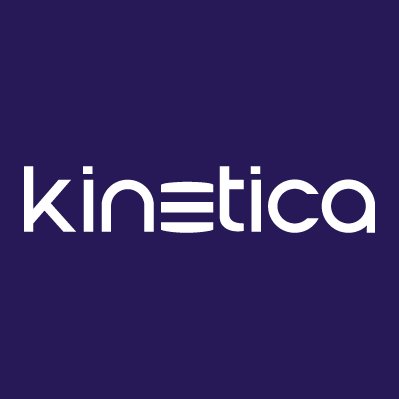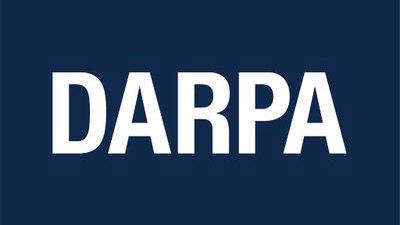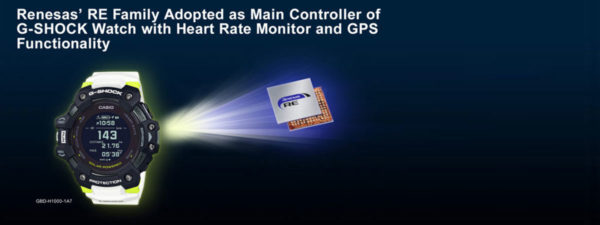Kinetica has delivered on Thursday a GPU-accelerated analytics engine to SoftBank Corp., a subsidiary of SoftBank Group Corp., through Networld Corp., a local Japanese Kinetica distributor.
Traditional big data technologies simply are not capable of handling the extreme data requirements of SoftBank’s business or new technologies they’re employing. The Kinetica engine will provide mission-critical data analysis and visualization across SoftBank’s business and for some of the world’s most exciting technologies, from autonomous transportation to robotics through to AR and VR.
Kinetica also announced it is making open source code available to integrate with RAPIDS open source software, a new machine learning training stack introduced by NVIDIA. The combination of RAPIDS and Kinetica allows data scientists and data engineers to reimagine artificial intelligence by exploring, training, visualizing, and integrating machine intelligence into smart analytical applications while leveraging the accelerated computing power of the GPU.
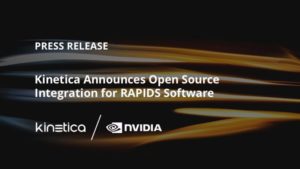
SoftBank will use the Kinetica engine to collect and analyze a variety of historical and streaming data across users, mobile devices, the Internet of Things and emerging technologies to improve network performance and customer services. By using Kinetica’s GPU-accelerated engine, SoftBank will be able to ingest billions of rows of data, conduct advanced analytics, and perform real-time geospatial visualization and queries to generate immediate business insights.
As new technologies and data sources proliferate, data has never been as unpredictable and analysis as complex. In the new, extreme data economy, data may be big or small, static or streaming, structured or unstructured, long-lived or perishable, human or machine. Siloed legacy databases built for serial computing just can’t keep up in a world where insights need to be nearly instantaneous.
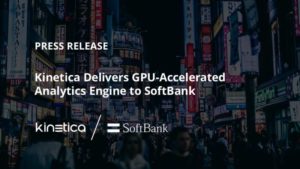
“GPU-accelerated analytics help companies be agile and innovative, rather than getting bogged down by unwieldy data,” said Masataka Osaki, Japan Country Manager, VP Corporate Sales, NVIDIA. “Softbank has chosen a potent combination of the Kinetica engine on NVIDIA GPUs to accelerate analytics, generate real-time insights and power deep learning.”
“They are a stellar example of a tech company embracing and harnessing extreme data,” said Paul Appleby, CEO at Kinetica. “Location data is transformational across every industry and businesses can no longer rely on legacy big data platforms that treat location as a second-class citizen. Telcos need new data engines that combine a GPU database, real-time location visualization and the power of AI in a single solution.”
The Kinetica integration is based on the Apache Arrow project, enabling Kinetica and RAPIDS to run seamlessly on the GPU and communicate without copying data to the CPU. Kinetica is making the Apache Arrow integration code available to developers via GitHub.
As AI becomes central to enterprise strategies, it is essential to streamline data science and data engineering processes. RAPIDS leverages the power of NVIDIA GPUs to reduce AI model training time from days to minutes. Kinetica combines a GPU database, real-time analytical techniques (location intelligence, time series, text search), and the ability to run analytics and pre-trained machine learning models in-database. Together, RAPIDS and Kinetica provide enterprises with a concrete way to realize the end-to-end impact of AI, whether it be driving cars, stocking warehouses, or making personalized recommendations.
“We’re excited to support Apache Arrow, a core component of accelerated analytics on the GPU. Our latest open source capabilities enable us to seamlessly integrate with RAPIDS across the GPU-powered data ecosystem,” said Nima Negahban, co-founder and CTO of Kinetica. “While NVIDIA drives model development and training, Kinetica drives operationalization and deployment of those models in-database, so enterprises gain maximum insight from their data.”
“Companies are increasingly data-driven, but speed is of the essence to use this data,” said Jeffrey Tseng, head of product for AI Infrastructure at NVIDIA. “With RAPIDS and Kinetica, enterprises can leverage the power of the GPU and advanced analytics across the model development toolchain and dramatically simplify and speed up the data science pipeline.”

